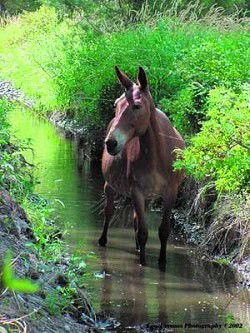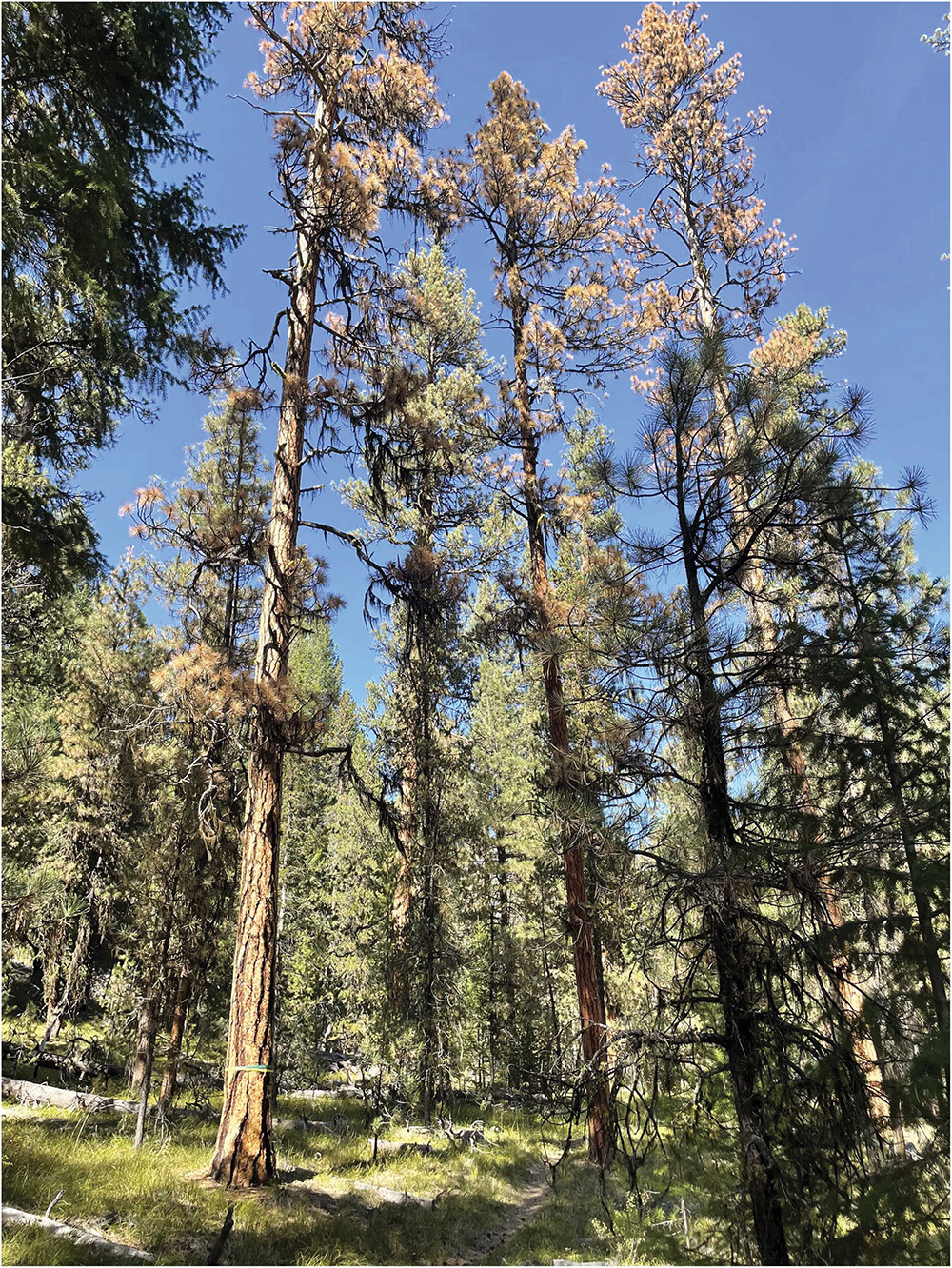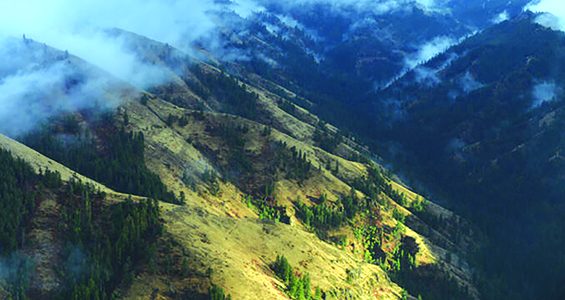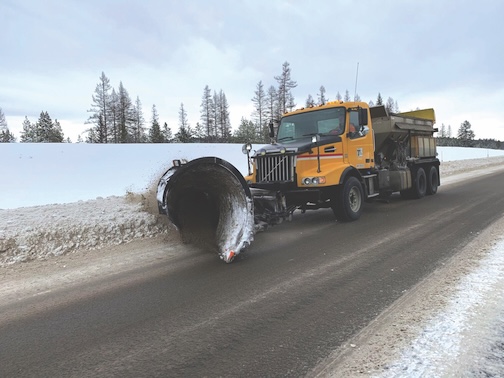It takes a horse to make a mule: a brief introduction to mules
Published 5:00 pm Wednesday, September 6, 2006

- <I>Photography Angelika Garoutte</I><BR>Mules come in a variety of colors and cross-breeds. The mule pictured was bred out of a Thoroughbred mare to a Jack.
Today, nobody would come across the notion, when watching a herd of horses thundering down wide and open pastures, that these magnificent animals developed from a small carnivore look-a-like creature, the Eohippus, who was no bigger than a fox and roamed the earth approximately 70 million years ago. In the present day, through evolution and drastic environmental changes, this little creature has evolved into the beautiful and breathtaking equine that is necessary to make a mule.
Although records of onager/ass, onager/horse and zebra/horse (zebroids) crosses are of utmost importance in the scientific animal world, the cross that has been most significant in human history is one between horses and donkeys. Breeding a male donkey to a female horse results in a mule; breeding a male horse to a female donkey produces a hinny. Offspring from either cross, although fully developed as males or females, are almost always sterile. Hence, a line of horses and a line of domestic donkeys must be maintained to perpetuate the mule or hinny reproduction.
Trending
In general, the mule has been the most preferred product of crossbreeding a horse and donkey. One of the major differences between a mule and horse is the greater endurance and strength of the mule. In general, mules are also less excitable than horses. Depending on the need, different breeds of horses can be used to produce fine riding mules, heavy draft mules or medium-sized pack animals.
Mules in the New World
In 1495, Christopher Columbus brought four jacks and two jennies to the New World. These four animals would become the foundation of breeding stock that produced mules for the conquistadores’ expeditions on the American mainland. Ten years after the conquest of the Aztecs, the first shipment of twelve jennies and three jacks arrived from Cuba to begin breeding mules in Mexico.
In later days, mules were also used to pull fire-fighting equipment and were often utilized by armies to pull artillery and to remove the wounded from the battlefield. The twenty-mule team that hauled borax from Death Valley and other mining centers in the West has become part of American legend. Indeed, the mule plays an important role in the settlement of Wallowa County and the Hells Canyon area.
However, the importance of the mule in agriculture, military and other civil areas declined rapidly in the 1940s and 1950s when gasoline-driven tractors became widespread, and mules all but disappeared from the American scene.
Today, we experience a renewed interest in mules for recreation and competition. In the Southeast, mules are used for nighttime raccoon hunting, and the mules’ ability to jump over fallen trees or fences is exploited in jumping competitions. Pulling contests using heavy draft mules have created a new demand for large mules. Particularly popular are large red mules produced by crossing American Mammoth Jack stock with Belgian mares. Going West, mule races have become very popular with big purses to be won.
Trending
Breed Characteristics
The mule is a cross between a donkey stallion (called a jack) and a horse mare. Hinnies are just the opposite – a stallion horse crossed to a donkey jennet. For all purposes, hinnies and mules are classified and shown together under the general term “mule.” Mule ears are usually somewhat smaller than a donkey’s, longer but the same shape as the horse parents. Some hinnies prefer the company of horses instead of other mules when given a choice.
The mule’s conformation will be a combination of traits from both parents. The head, hip and legs usually take after the jack. Most mules do not have pronounced withers, even from breeds such as Arabians or Thoroughbreds.
Voice
Mules have a unique sound that is a combination of the horse’s whinny and the grunting of donkey, the wind-down of a bray.
Color
Mules can be any of the colors that either horses or donkeys come in, along with some unique variations of their own. Mules from Appaloosa mares often have extremely loud patterns, with spots enlarging or “skewing” in variants like the Appaloosa horse.
Size
Mules come in every size and shape imaginable. Miniature mules (even to under 36″) can be seen all the way up to 17-hand Percheron draft (by Mammoth Jacks) mules. Male mules may have more prominent brow ridges like those of most donkey jacks. Due to hybrid vigor, the mule has the genetic possibility to grow taller than either parent.
Uses
Mules can be used in exactly the same sports as horse’s saddle, in harness, for cutting, roping or dressage. In actuality, they have more stamina and can carry more weight than a horse of equal size.
There is one particular area where the mule actually outshines the horse, and that is high jumping. Some mules have been known to clear jumps of up to 72 inches. These jumps are not from a galloping approach, but from a standing start.
Mules are not really stubborn. They can seem lazy to people who have limited knowledge of the mule psyche, but facts are that a mule will not put themselves in danger. A horse can be worked until it drops, but not the mule. The “stubborn” streak is just the mule’s way of telling humans that things are not right. Mules are very intelligent and have an extremely good memory. They will do their best for their owners, with the utmost patience, if the owner pays respect and practices patience.
Mule Terminology
Mule: The hybrid animal produced when a male ass (Jack) is crossed with a female horse.
Hinny: This is the term used for the hybrid animal produced when the female ass (jennet) is mated to the male horse (stallion) to a foal. There are both male hinnies and females. The genetic inheritance of the hinny is exactly the same as the mule.
Jack mule: The proper term for the male mule. All male mules should be gelded, since stallion mules are very sexually active, even though they are sterile. Many people refer to a gelded male mule as a john mule.
Molly mare: The proper term for the female mule. The common informal term for the female mule is molly mule, and is frequently used.
Mare Hinny or Horse Hinny: The terminology for the hinny follows that of the mule for clarity.
Miniature mule: Bred from various types of pony mares or Miniature Horse mares. 50″ at the withers is considered the cut-off height for miniature mules.
Saddle mule: Bred from mares of riding horse breeding. These vary in size from small to very large but having riding type confirmation.
Pack/work mules: Bred from mares with some draft blood or of heavy work types rather than for saddle type confirmation.
Gaited Mules: Bred from the saddle-gaited horses including Tennessee Walking, Foxtrotter, Paso Fino and Peruvian Paso.
Draft mules: These are the largest mules and are bred from various Draft mares. Belgian mules are the most common, valued for their bright sorrel color, but mules from Percheron, Clydesdale, Shire and other draft breeds are also seen. The larger and heavier the better with these mules, but refinement is desired as well.









